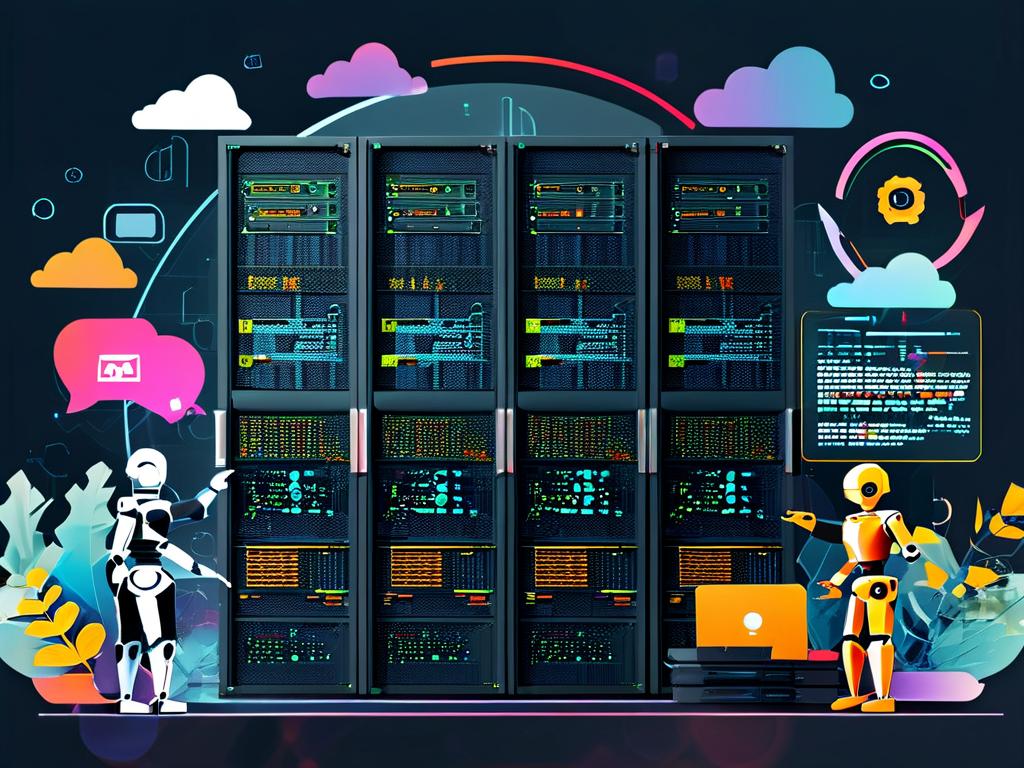The recent School Automation Deployment Summit brought together educators, IT professionals, and technology experts to explore innovative strategies for streamlining administrative and academic processes. With institutions increasingly adopting digital tools, the conference highlighted practical approaches to implementing automation while addressing challenges unique to educational environments.

1. The Role of Automation in Modern Education
Automation is no longer a luxury but a necessity for schools managing complex workflows. From enrollment systems to grading platforms, institutions are leveraging tools like Jenkins, Ansible, and custom scripts to reduce manual tasks. For example, one case study demonstrated how a mid-sized high school automated its student attendance tracking using Python scripts integrated with existing databases:
# Sample script for automated attendance alerts
import smtplib
from attendance_db import fetch_absentees
def send_alert(parent_email, student_name):
server = smtplib.SMTP('smtp.schooldomain.org', 587)
server.starttls()
server.login("noreply@schooldomain.org", "securepassword")
message = f"Subject: Attendance Alert\n\n{student_name} was marked absent today."
server.sendmail("noreply@schooldomain.org", parent_email, message)
server.quit()
for student in fetch_absentees():
send_alert(student['parent_email'], student['name'])
This approach reduced administrative workload by 40% while improving parent communication response times.
2. Balancing Security and Efficiency
A recurring theme was the tension between automation and data security. Presenters emphasized the importance of role-based access controls (RBAC) when deploying automated systems. Dr. Lisa Monroe, CTO of a K-12 district in Texas, shared their layered authentication framework combining Azure AD with on-premise servers: "We treat automation pipelines as privileged users, requiring multi-factor authentication even for scripted processes accessing student records."
3. Faculty Training Challenges
While technical implementation drew significant attention, multiple panels addressed human factors. A survey of 127 schools revealed that 68% of failed automation projects stemmed from insufficient staff training rather than technical flaws. Successful institutions are now implementing "automation literacy" programs, pairing IT staff with teachers through month-long mentorship initiatives.
4. Case Study: Automated Resource Allocation
The University of Melbourne presented its AI-driven classroom scheduling system, which uses machine learning to predict space requirements based on historical enrollment data. By automating room assignments and equipment provisioning, the university reduced scheduling conflicts by 57% while cutting energy costs through optimized facility usage.
5. Ethical Considerations
As schools automate decision-making processes—from grading algorithms to behavioral analytics—participants stressed the need for ethical guidelines. The summit concluded with a draft framework for "Responsible Educational Automation," emphasizing transparency in algorithmic decisions and maintaining human oversight for sensitive processes like disciplinary actions.

Looking ahead, the consensus was clear: Effective automation in education requires equal focus on technological implementation, stakeholder training, and ethical governance. Institutions that adopt this balanced approach stand to unlock significant efficiency gains while preserving the human-centric nature of learning environments.









